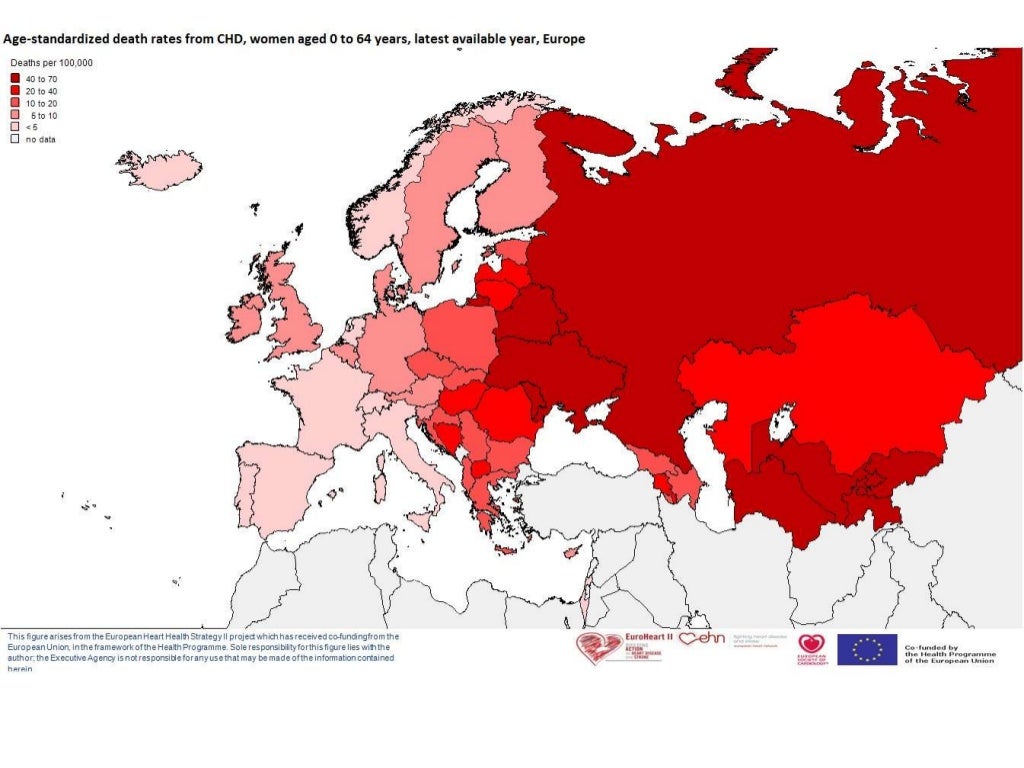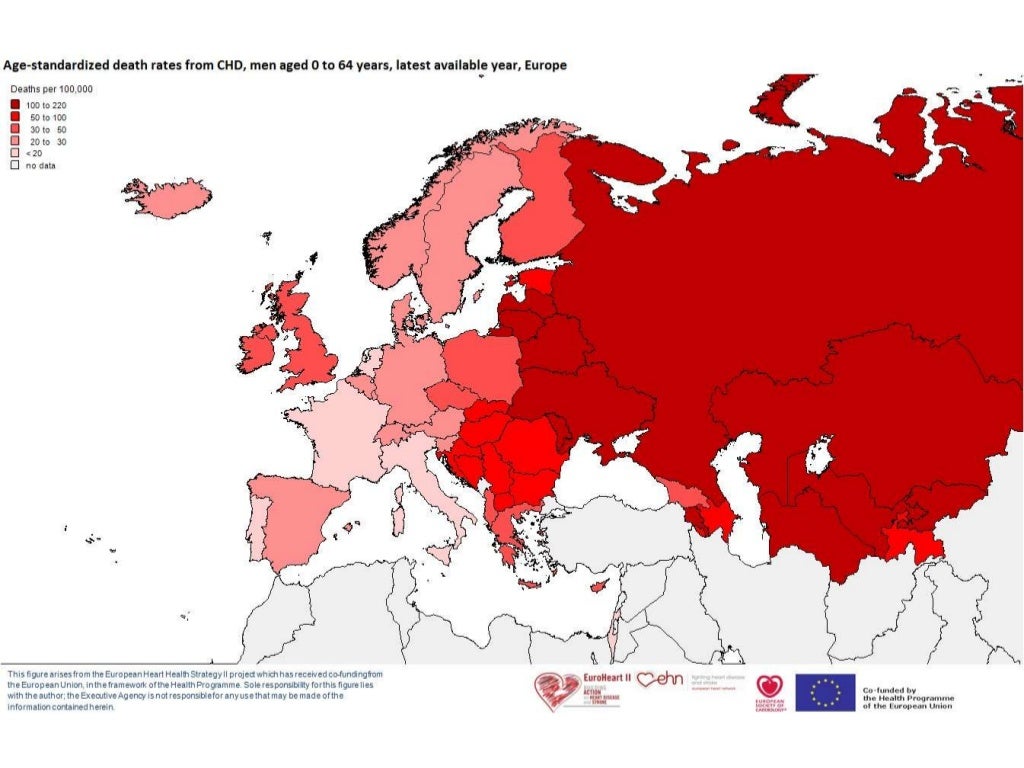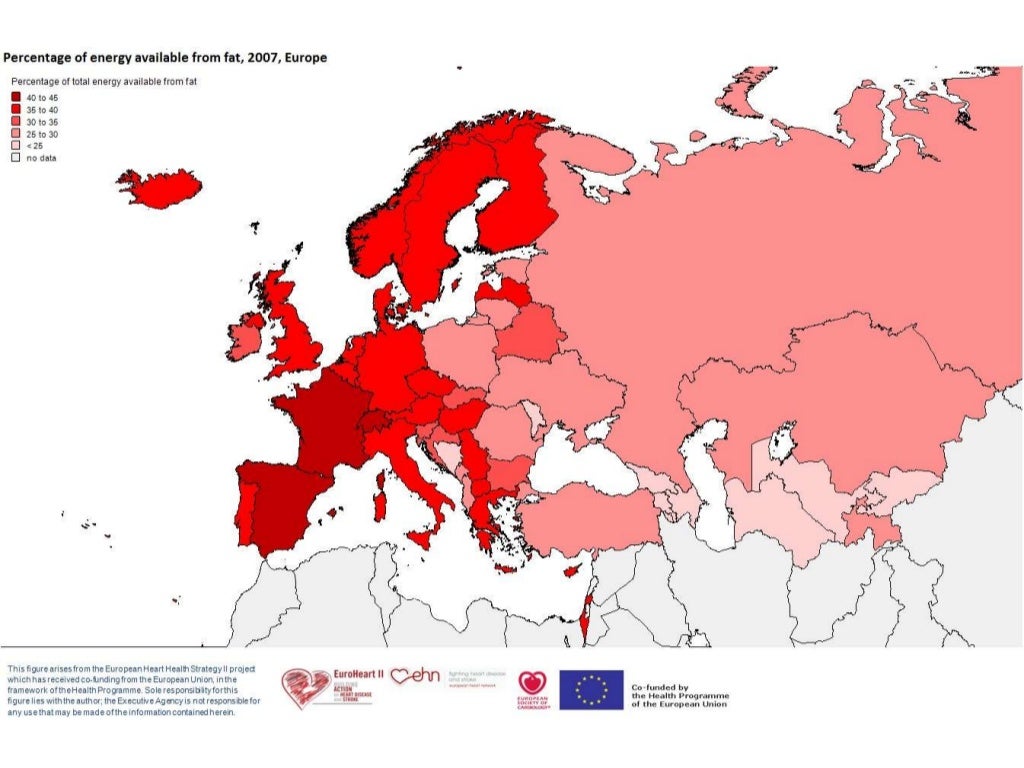samedi 28 décembre 2013
mardi 24 décembre 2013
Repas de Noël Paléo
Huîtres
Saumon fumé sauvage de la Baltique
Pavé de Bison servi avec rondelles d'os à moelle et une salade de roquette discrètement aillée
Champignons au four
Mangues Edwards, Kakis et Durian
Grenache cuvée des centenaires Lafage
Banyuls Traginer de JF Deu
Jus de palmier fermenté
lundi 23 décembre 2013
dimanche 22 décembre 2013
Manger des fibres c'est manger des aliments pas des produits/ Eating fibers means eating real food not products
http://www.bmj.com/content/347/bmj.f6879.pdf%2Bhtml
http://www.bmj.com/content/347/bmj.f7401.pdf%2Bhtml
That's interesting veggies fiber beat fruits and cereals ones!
http://www.bmj.com/content/347/bmj.f7401.pdf%2Bhtml
 |
| Risk of CHD associated with each 7 g/day increase in total fibre intake. RR=risk ratio |
That's interesting veggies fiber beat fruits and cereals ones!
 |
| Combined study risk estimates for CHD and CVD associated with greater intake of total fibre, soluble or insoluble fibre and fibre from different food sources. RR=risk ratio |
Saumon d'élevage
 |
| Plus gras mais moins d’oméga 3 longues chaines: l'élevage fait moins bien que la nature |
vendredi 20 décembre 2013
jeudi 19 décembre 2013
mercredi 18 décembre 2013
Trends in food products reveal the paradoxical behavior of present consumers
 |
| Just keep in mind to buy foods not products at least for 80% of calories ingested and save your children from cereal products which are sugar and corn oil mixed with starch. Buy whole grain oat, raw honey, whole milk and fruits. |
Is this horse meat sterile?
Is it only a problem of fraud or do consumers have health consequences?
http://www.foodmanufacture.co.uk/Food-Safety/Fresh-horsemeat-scandal-hits-France/?
EU wants a labeling about meat origin:
http://ec.europa.eu/food/food/labellingnutrition/foodlabelling/docs/swd_2013_437_en.pdf
http://www.foodnavigator.com/Legislation/Strong-consumer-support-for-meat-origin-labelling-but-who-would-pay
http://www.foodmanufacture.co.uk/Food-Safety/Fresh-horsemeat-scandal-hits-France/?
EU wants a labeling about meat origin:
http://ec.europa.eu/food/food/labellingnutrition/foodlabelling/docs/swd_2013_437_en.pdf
http://www.foodnavigator.com/Legislation/Strong-consumer-support-for-meat-origin-labelling-but-who-would-pay
Whey and glucose control
 |
| Whey is useful in glucose control and potentially in adults before exercise http://www.sciencedirect.com/science/article/pii/S0955286313001836# |
No calories but plenty of healthful effects: Polyphenols
 |
| No calorie but plenty of healthful effects so don't destroy them! |
In order to snack on nuts, which is useful, you need to buy them without the slightest apprehension
Please keep in mind that we are speaking of nuts not products.
Almonds, nuts, hazelnut and others are foods when you buy them unsalted, unroasted and as fresh as possible. You need also a nutcracker.
http://www.nytimes.com/video/dining/100000002608375/whats-in-it-nuts.html?
Almonds, nuts, hazelnut and others are foods when you buy them unsalted, unroasted and as fresh as possible. You need also a nutcracker.
http://www.nytimes.com/video/dining/100000002608375/whats-in-it-nuts.html?
You know that fat is not the culprit, in contrast low fat labelling could enhance your calorie intake!
 |
| Low fat positively influenced enjoyment so you ate more |
One advice: don't buy products, eat fresh food and you will not be influenced by labels.
http://www.sciencedirect.com/science/article/pii/S0195666313000718#
mardi 17 décembre 2013
Please buy good stuff instead of pills...
http://annals.org/article.aspx?articleid=1789253
http://annals.org/article.aspx?articleid=1789250
http://annals.org/article.aspx?articleid=1789248
http://www.medpagetoday.com/PrimaryCare/DietNutrition/43465?
http://www.nutraingredients.com/Product-Categories/Nutritional-lipids-and-oils/Stop-wasting-money-on-supplements-say-physicians.-Stop-trying-to-position-supplements-as-cures-for-disease-say-industry-groups/?
http://www.nutraingredients.com/Research/Stop-wasting-money-on-supplements-say-physicians.-Stop-trying-to-position-supplements-as-cures-for-disease-say-industry-groups/?
For me at the present time it's enough. I buy very good food raw unprocessed and I avoid to destroy it before eating.
Another episode of difficulties with supplements or OTC drugs:
http://online.liebertpub.com/doi/abs/10.1089/thy.2013.0101?journalCode=thy&
and eventually the severe side effects of dietary supplements
http://www.nytimes.com/2013/12/22/us/spike-in-harm-to-liver-is-tied-to-dietary-aids.html?
But economic data show a big trend in favor dietary of supplements:
http://www.nutraingredients.com/Product-Categories/Probiotics-and-prebiotics/A-global-look-at-supplements-on-the-rise/?
http://annals.org/article.aspx?articleid=1789250
http://annals.org/article.aspx?articleid=1789248
http://www.medpagetoday.com/PrimaryCare/DietNutrition/43465?
http://www.nutraingredients.com/Product-Categories/Nutritional-lipids-and-oils/Stop-wasting-money-on-supplements-say-physicians.-Stop-trying-to-position-supplements-as-cures-for-disease-say-industry-groups/?
http://www.nutraingredients.com/Research/Stop-wasting-money-on-supplements-say-physicians.-Stop-trying-to-position-supplements-as-cures-for-disease-say-industry-groups/?
For me at the present time it's enough. I buy very good food raw unprocessed and I avoid to destroy it before eating.
Another episode of difficulties with supplements or OTC drugs:
http://online.liebertpub.com/doi/abs/10.1089/thy.2013.0101?journalCode=thy&
and eventually the severe side effects of dietary supplements
http://www.nytimes.com/2013/12/22/us/spike-in-harm-to-liver-is-tied-to-dietary-aids.html?
But economic data show a big trend in favor dietary of supplements:
http://www.nutraingredients.com/Product-Categories/Probiotics-and-prebiotics/A-global-look-at-supplements-on-the-rise/?
 |
| http://www.euromonitor.com/passport-vitamins-and-dietary-supplements-global/passport-subscription |
last but not least a fatal issue after probiotics.
http://emergency.cdc.gov/han/han00373.asp
http://emergency.cdc.gov/han/han00373.asp
Wow! That's a weapon in the debate about food and reward
Am J Clin Nutr. 2013 Dec;98(6):1377-84. doi: 10.3945/ajcn.113.069443. Epub 2013 Oct 16.
Relative ability of fat and sugar tastes to activate reward, gustatory, and somatosensory regions.
Abstract
BACKGROUND:
Although the intake of high-fat and high-sugar food activates mesolimbic reward, gustatory, and oral somatosensory brain regions, contributing to overeating, few studies have examined the relative role of fat and sugar in the activation of these brain regions, which would inform policy, prevention, and treatment interventions designed to reduce obesity.
OBJECTIVE:
We evaluated the effect of a high-fat or high-sugar equicaloric chocolate milkshake and increasing fat or sugar milkshake content on the activation of these regions.
DESIGN:
Functional magnetic resonance imaging was used to assess the neural response to the intake of high-fat/high-sugar, high-fat/low-sugar, low-fat/high-sugar, and low-fat/low-sugar chocolate milkshakes and a tasteless solution in 106 lean adolescents (mean ± SD age = 15.00 ± 0.88 y). Analyses contrasted the activation to the various milkshakes.
RESULTS:
High-fat compared with high-sugar equicaloric milkshakes caused greater activation in the bilateral caudate, postcentral gyrus, hippocampus, and inferior frontal gyrus. High-sugar compared with high-fat equicaloric milkshakes caused greater activation in the bilateral insula extending into the putamen, the Rolandic operculum, and thalamus, which produced large activation regions. Increasing sugar in low-fat milkshakes caused greater activation in the bilateral insula and Rolandic operculum; increasing fat content did not elicit greater activation in any region.
CONCLUSIONS:
Fat caused greater activation of the caudate and oral somatosensory regions than did sugar, sugar caused greater activation in the putamen and gustatory regions than did fat, increasing sugar caused greater activity in gustatory regions, and increasing fat did not affect the activation. Results imply that sugar more effectively recruits reward and gustatory regions, suggesting that policy, prevention, and treatment interventions should prioritize reductions in sugar intake. This trial was registered at clinicaltrials.gov as DK092468.
I drink fermented raw milk but rarely
In spring summer and fall preferentially goat milk and in winter cow milk. I drink a very few amount of it not every day and spend several weeks without. But it is tasty and full of fats and proteins!
http://www.uaiasi.ro/revista_zoo/ro/documente/Pdf_vol/Z122_Eva_Csutak.pdf
 |
| These cows graze grass and in winter hay and dehydrated lucerne and no corn |
Healthy fats: Alpage Beaufort and unfiltered olive oil
 |
| Alpage Beaufort a cheese rich in W3 PUFA and very tasty |
 |
| This olive oil is unfiltered. More vit E and polyphenols! Always raw, I cook with Coconut! http://www.springerplus.com/content/pdf/2193-1801-2-405.pdf |
lundi 16 décembre 2013
dimanche 15 décembre 2013
vendredi 13 décembre 2013
Buying organic meat in order to diminish antibiotic resistance?
The threat is real.
Yes it is a good advice because we are in danger to fight resistant micro-organisms without drugs... We have the opportunity to use less antibiotics both in humans and animals. The first step in humans is to reverse the present paradigm which is based on the false assumption that presence of micro-organisms in a fluid or a tissue means infection. In animals we see too frequently prescriptions for the whole farm instead of treatment of a specific animal, preventive treatments and still today antibiotic treatments to increase weight.
http://www.cdc.gov/drugresistance/threat-report-2013/
Yes it is a good advice because we are in danger to fight resistant micro-organisms without drugs... We have the opportunity to use less antibiotics both in humans and animals. The first step in humans is to reverse the present paradigm which is based on the false assumption that presence of micro-organisms in a fluid or a tissue means infection. In animals we see too frequently prescriptions for the whole farm instead of treatment of a specific animal, preventive treatments and still today antibiotic treatments to increase weight.
http://www.cdc.gov/drugresistance/threat-report-2013/
Global trends in antimicrobial use in food animals
- Thomas P. Van Boeckela,1,
- Charles Browerb,
- Marius Gilbertc,d,
- Bryan T. Grenfella,e,f,
- Simon A. Levina,g,h,1,
- Timothy P. Robinsoni,
- Aude Teillanta,e, and
- Ramanan Laxminarayanb,e,j,1
- Contributed by Simon A. Levin, February 18, 2015 (sent for review November 21, 2014; reviewed by Delia Grace and Lance B. Price)
Significance
Antimicrobials are used in livestock production to maintain health and productivity. These practices contribute to the spread of drug-resistant pathogens in both livestock and humans, posing a significant public health threat. We present the first global map (228 countries) of antibiotic consumption in livestock and conservatively estimate the total consumption in 2010 at 63,151 tons. We project that antimicrobial consumption will rise by 67% by 2030, and nearly double in Brazil, Russia, India, China, and South Africa. This rise is likely to be driven by the growth in consumer demand for livestock products in middle-income countries and a shift to large-scale farms where antimicrobials are used routinely. Our findings call for initiatives to preserve antibiotic effectiveness while simultaneously ensuring food security in low- and lower-middle-income countries.
Abstract
Demand for animal protein for human consumption is rising globally at an unprecedented rate. Modern animal production practices are associated with regular use of antimicrobials, potentially increasing selection pressure on bacteria to become resistant. Despite the significant potential consequences for antimicrobial resistance, there has been no quantitative measurement of global antimicrobial consumption by livestock. We address this gap by using Bayesian statistical models combining maps of livestock densities, economic projections of demand for meat products, and current estimates of antimicrobial consumption in high-income countries to map antimicrobial use in food animals for 2010 and 2030. We estimate that the global average annual consumption of antimicrobials per kilogram of animal produced was 45 mg⋅kg−1, 148 mg⋅kg−1, and 172 mg⋅kg−1 for cattle, chicken, and pigs, respectively. Starting from this baseline, we estimate that between 2010 and 2030, the global consumption of antimicrobials will increase by 67%, from 63,151 ± 1,560 tons to 105,596 ± 3,605 tons. Up to a third of the increase in consumption in livestock between 2010 and 2030 is imputable to shifting production practices in middle-income countries where extensive farming systems will be replaced by large-scale intensive farming operations that routinely use antimicrobials in subtherapeutic doses. For Brazil, Russia, India, China, and South Africa, the increase in antimicrobial consumption will be 99%, up to seven times the projected population growth in this group of countries. Better understanding of the consequences of the uninhibited growth in veterinary antimicrobial consumption is needed to assess its potential effects on animal and human health.
Footnotes
- 1To whom correspondence may be addressed. Email: thomas.van.boeckel@gmail.com, slevin@princeton.edu, orramanan@cddep.org.
- Author contributions: T.P.V.B. and R.L. designed research; T.P.V.B., C.B., and A.T. performed research; C.B. and M.G. contributed new reagents/analytic tools; T.P.V.B. and A.T. analyzed data; and T.P.V.B., C.B., M.G., B.T.G., S.A.L., T.P.R., A.T., and R.L. wrote the paper.
- Reviewers: D.G., International Livestock Research Institute; and L.B.P., Translational Genomics Research Institute.
- The authors declare no conflict of interest.
- This article contains supporting information online at www.pnas.org/lookup/suppl/doi:10.1073/pnas.1503141112/-/DCSupplemental.
mardi 10 décembre 2013
Do you need organic milk or grass-fed one? It does matter!
http://www.nytimes.com/2013/12/10/health/organic-milk-high-in-helpful-fatty-acids-study-finds.html?
http://www.nytimes.com/2013/12/10/health/organic-milk-high-in-helpful-fatty-acids-study-finds.html?comments#permid=10702975
http://www.plosone.org/article/info%3Adoi%2F10.1371%2Fjournal.pone.0082429
And the comment of one of our team member:
http://www.plosone.org/annotation/listThread.action?root=75865
And the debate is full of controversy...
http://www.bostonglobe.com/lifestyle/health-wellness/2013/12/16/are-health-benefits-organic-milk-worth-cost/NqokkjrJH7EuHNbtRdswJO/story.html
In this paper a nutrition professor answered that whole milk is full of sat fats and deleterious for health. She is just wrong.Sat fats are not linked to CHD and among sat fats foods, it is clear in the literature that dairy foods are rather protective for CHD.
Look at slides on Slideshare in the presentation about palm oil in november 2013 of one of our team member...
http://www.nytimes.com/2013/12/10/health/organic-milk-high-in-helpful-fatty-acids-study-finds.html?comments#permid=10702975
http://www.plosone.org/article/info%3Adoi%2F10.1371%2Fjournal.pone.0082429
And the comment of one of our team member:
http://www.plosone.org/annotation/listThread.action?root=75865
And the debate is full of controversy...
http://www.bostonglobe.com/lifestyle/health-wellness/2013/12/16/are-health-benefits-organic-milk-worth-cost/NqokkjrJH7EuHNbtRdswJO/story.html
In this paper a nutrition professor answered that whole milk is full of sat fats and deleterious for health. She is just wrong.Sat fats are not linked to CHD and among sat fats foods, it is clear in the literature that dairy foods are rather protective for CHD.
Look at slides on Slideshare in the presentation about palm oil in november 2013 of one of our team member...
lundi 9 décembre 2013
dimanche 8 décembre 2013
You want to eat less than 1/3 of the calories you ingest, Go paleo!
"A provisional conclusion, at least for Canada, is that a
healthy diet would contain less than one-third of energy
in the form of ultra-processed products. This could be
achieved only if diets are based primarily on meals and
dishes prepared with minimally processed foods and
processed culinary ingredients."
Impressive study, I would have said 1/2 in a quizz on the subject!
http://journals.cambridge.org/download.php?file=%2FPHN%2FPHN16_12%2FS1368980012005009a.pdf&code=238b3f01ec962adfe5fb4dfe7e2a40f0
healthy diet would contain less than one-third of energy
in the form of ultra-processed products. This could be
achieved only if diets are based primarily on meals and
dishes prepared with minimally processed foods and
processed culinary ingredients."
Impressive study, I would have said 1/2 in a quizz on the subject!
http://journals.cambridge.org/download.php?file=%2FPHN%2FPHN16_12%2FS1368980012005009a.pdf&code=238b3f01ec962adfe5fb4dfe7e2a40f0
HFCS is anywhere... in products but nowhere in nature!
"Today, HFCS is found in breakfast cereals, beverages, breads, sauces, spreads, salad dressings, canned fruits, snack foods, desserts, meat and fish products, condiments, dairy products, frozen dinners, soups and other products ."
http://onlinelibrary.wiley.com/doi/10.1111/j.2047-6310.2013.00173.x/full
http://onlinelibrary.wiley.com/doi/10.1111/ijpo.2013.8.issue-4/issuetoc
http://onlinelibrary.wiley.com/doi/10.1111/j.2047-6310.2013.00173.x/full
http://onlinelibrary.wiley.com/doi/10.1111/ijpo.2013.8.issue-4/issuetoc
Don't throw away the natural TFA with the industrial ones: an opinion
http://journals.cambridge.org/action/displayAbstract?fromPage=online&aid=9035575
In other words governments should outlaw the processes that create the atherogenic and pro inflammatory TFA but keep the rumen produced TFA (which are different) in our dairy products.
In order to favor these changes consumer should buy grass-fed milk, cheeses and benefit from the paradox of high sat fat diet and low CVD mortality. Those dairy products are high in W3PUFA and rumen produced TFA. They could also avoid any fried products and products with mention of partly hydrogenated vegetable fat.
In other words governments should outlaw the processes that create the atherogenic and pro inflammatory TFA but keep the rumen produced TFA (which are different) in our dairy products.
In order to favor these changes consumer should buy grass-fed milk, cheeses and benefit from the paradox of high sat fat diet and low CVD mortality. Those dairy products are high in W3PUFA and rumen produced TFA. They could also avoid any fried products and products with mention of partly hydrogenated vegetable fat.
Keep away of these products for your home, bacteria are safe!
http://www.cottodeste.it/en/Informations-of-the-products/10/Microban/
http://www.youtube.com/watch?feature=player_embedded&v=SkhnfU9ysUE
"The Microban® protection is directly incorporated into the tiles during the production process: when bacteria comes into contact with the treated surface, the Microban® technology reacts, blocking the metabolism of the bacteria. It therefore interrupts the life cycle of bacteria, which is no longer able to proliferate and survive."
http://www.nytimes.com/2013/05/19/magazine/say-hello-to-the-100-trillion-bacteria-that-make-up-your-microbiome.html?pagewanted=1&_r=3&adxnnlx=1386104108-nChmkaTMJyoPY%20Uu/szvdQ&
http://www.youtube.com/watch?feature=player_embedded&v=SkhnfU9ysUE
"The Microban® protection is directly incorporated into the tiles during the production process: when bacteria comes into contact with the treated surface, the Microban® technology reacts, blocking the metabolism of the bacteria. It therefore interrupts the life cycle of bacteria, which is no longer able to proliferate and survive."
http://www.nytimes.com/2013/05/19/magazine/say-hello-to-the-100-trillion-bacteria-that-make-up-your-microbiome.html?pagewanted=1&_r=3&adxnnlx=1386104108-nChmkaTMJyoPY%20Uu/szvdQ&
samedi 7 décembre 2013
vendredi 6 décembre 2013
You need sun, who is doubting of that?
http://usatoday30.usatoday.com/news/nation/2005-05-21-doctors-sunshine-good_x.htm
http://www.medpagetoday.com/PrimaryCare/DietNutrition/43267?
http://www.medpagetoday.com/PrimaryCare/DietNutrition/43267?
Available online 6 December 2013
Review
Vitamin D status and ill health: a systematic review
- Prof Philippe Autier, MDa, b,
 ,
,  ,
, - Prof Mathieu Boniol, PhDa, b,
- Cécile Pizot, MSca,
- Prof Patrick Mullie,PhDa, c
- a International Prevention Research Institute, Lyon, France
- b Strathclyde Institute of Global Public Health at International Prevention Research Institute, Lyon, France
- c Faculty of Physical Education and Physiotherapy, Vrije Universiteit Brussel, Brussels, Belgium
jeudi 5 décembre 2013
CHD: Do you believe that fat is the culprit?
Fat consumption and CHD
 |
| CHD death rates women 0-64 years old |
 |
| CHD death rates for men 0-64 years old |
 |
| % of total energy available from fat (2007) |
Saturated fat consumption
Table 1. Percentage of total energy consumption from saturated fat in 15 EU countries, 1998a
| Country | % |
|---|---|
| Austria | 13.9 |
| Belgium and Luxembourg | 14.5 |
| Denmark | 12.6 |
| Finland | 14.4 |
| France | 15.5 |
| Germany | 13.7 |
| Greece | 11.1 |
| Ireland | 13.5 |
| Italy | 11.8 |
| Netherlands | 14.6 |
| Portugal | 10.6 |
| Spain | 10.9 |
| Sweden | 12.8 |
| United Kingdom | 13.5 |
a Latest available data.
Inscription à :
Commentaires (Atom)





